There are innumerable contexts in which the process of improving metal strength is useful. Some of those contexts are architecture and construction, aircraft repairs, automotive spring manufacturing, surface finishing and other manufacturing contexts. Read More…
Our sandblast equipment is designed to handle a wide variety of applications and we use manufacturing methods that guarantee these machines will stand the test of time.
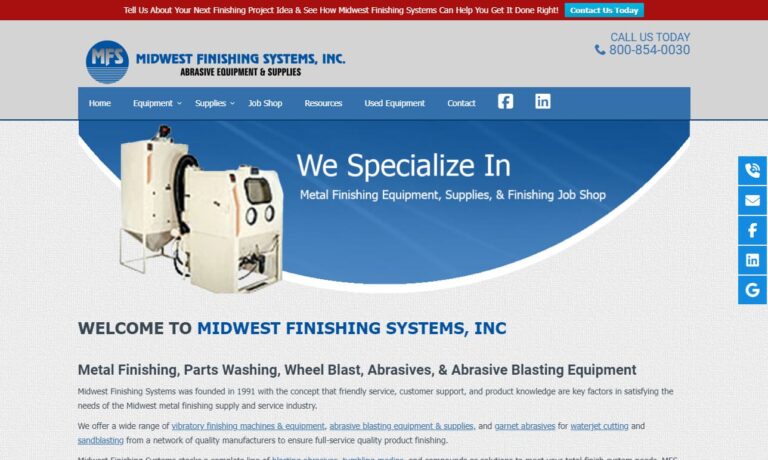
We have decades of experience in the finishing industry and we specialize in aqueous washing, abrasive blasting, vibratory finishing, polishing and buffing.
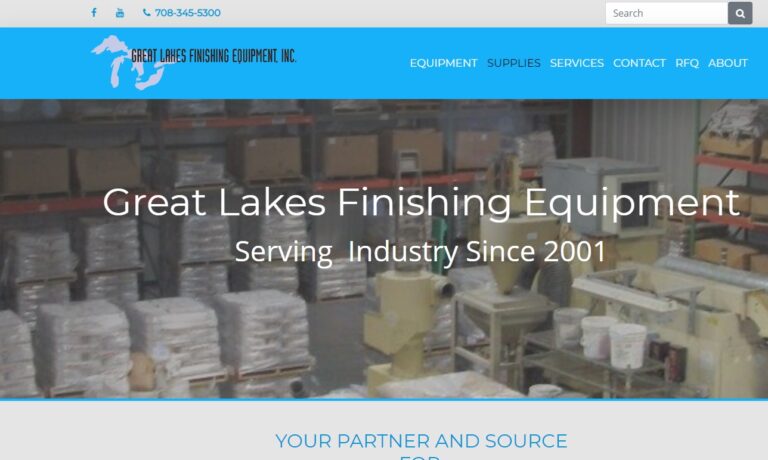
We are SurfacePrep, a trusted leader in surface preparation solutions, dedicated to delivering high-performance sandblast equipment and related products that meet the demanding needs of our customers. Our focus is on providing reliable, innovative equipment and consumables that help businesses achieve optimal surface finishes, improve efficiency, and extend the life of their tools and machinery.

At Allredi, we pride ourselves on being a leading provider of sandblast equipment, delivering exceptional solutions to meet the diverse needs of our customers. Our extensive range of products includes innovative sandblast machines, nozzles, and abrasives, all designed to enhance efficiency and performance in various applications.

At Raptor Blasting Systems, we are dedicated to designing and manufacturing high-quality sandblast equipment built to deliver exceptional performance and reliability for industrial applications. With years of expertise, we have refined our engineering processes to produce blasting cabinets, pressure systems, and abrasive recovery solutions that meet the rigorous demands of our customers.

More Shot Peening Equipment Manufacturers
Peening is performed after products have already been manufactured and put to use. Descaling, decoring, sand removal and other structural improvements are often made to gear parts, clutch springs, camshafts, gearwheels, connecting rods, turbine blades and many other kinds of machinery through the process of shot peening.
Other processes that use non-metal peening media like glass or ceramics are still referred to as peening, though their applications are generally limited to softer surfaces that could be damaged by heavy, angular or bead-shaped blast media.
Peening as a metallurgical treatment dates back many years. It was originally performed with a peening hammer, the contact surface of which was usually curved. High-impact peening shot provides for the same effect but over a much wider area in much less time. Peening works by imparting residual compressive stress in a surface through the repeated collision of the surface and blunt instruments.
This stress translates, in terms of the properties the treated metal assumes after its treatment, into resistance to metal fatigue. Fatigue-resistant metals boast obvious advantages over untreated metal parts in applications where extended performance under demanding conditions is expected of the material. Aside from the potential for changing mechanical and performance properties of metals, shot peening can also be used as a cosmetic surface treatment.
Because the particulate size of steel shot and other metal shot materials is so large, it imparts much more visible impact artifacts than smaller media like silica or crushed walnut shells. Shot peening is often used to treat surfaces where an irregular decorative finish is desired. The way light is reflected by overlapping dimples caused by some varieties of shot peening treatment is one of the desirable features of shot peened surfaces.

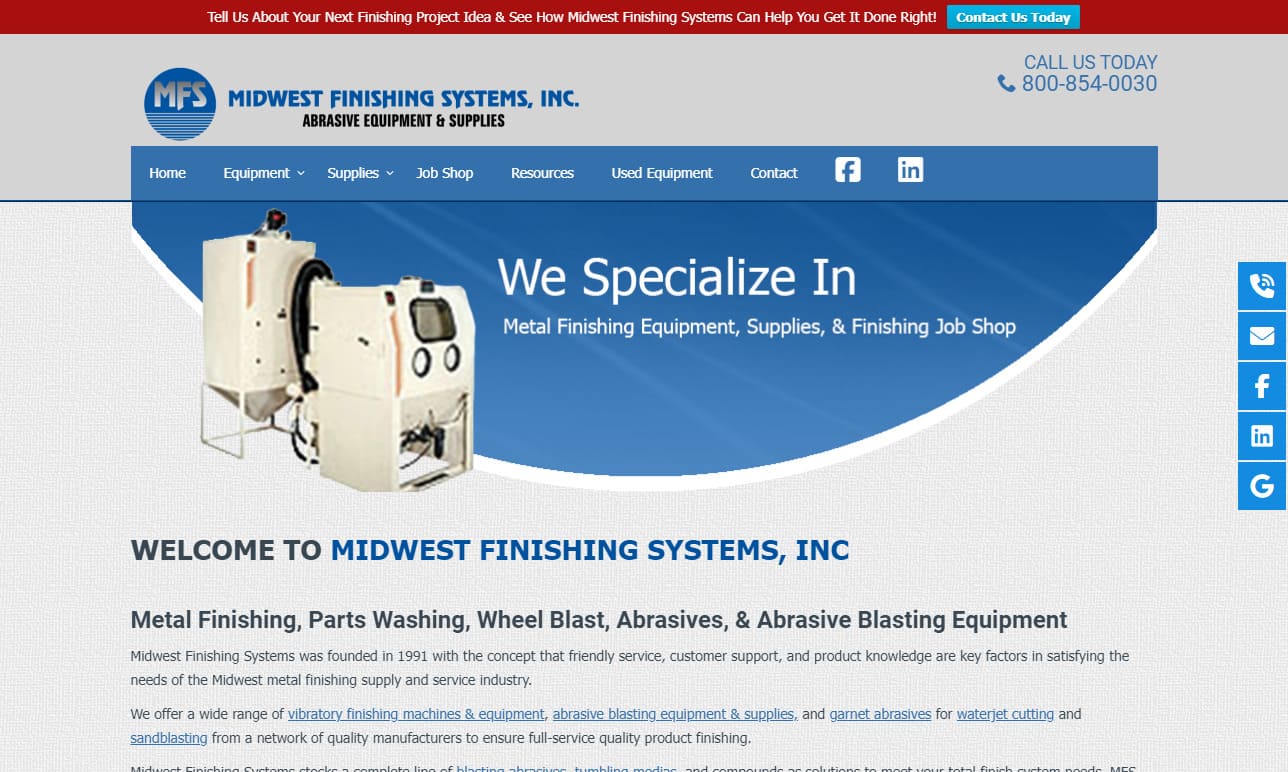




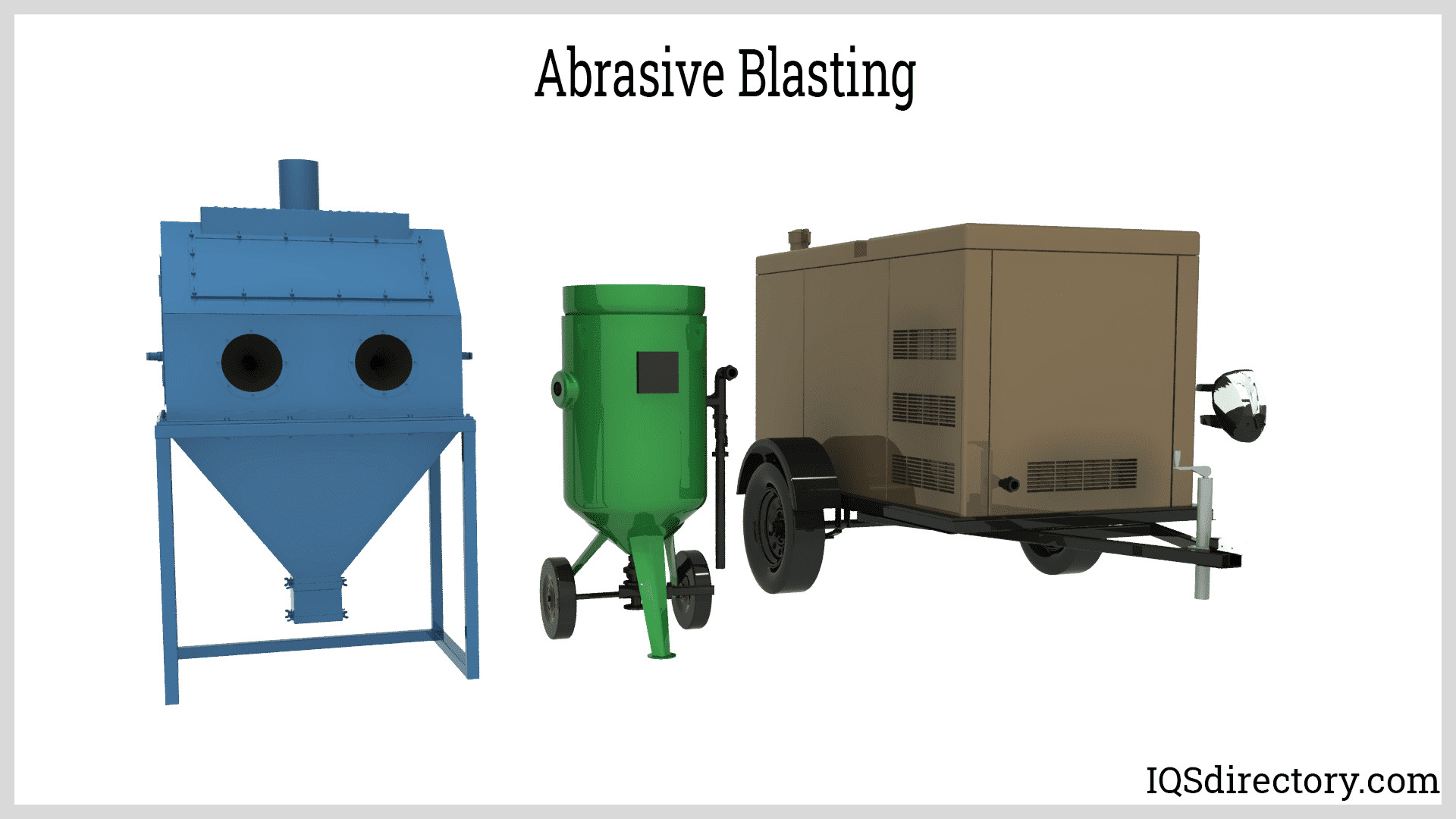
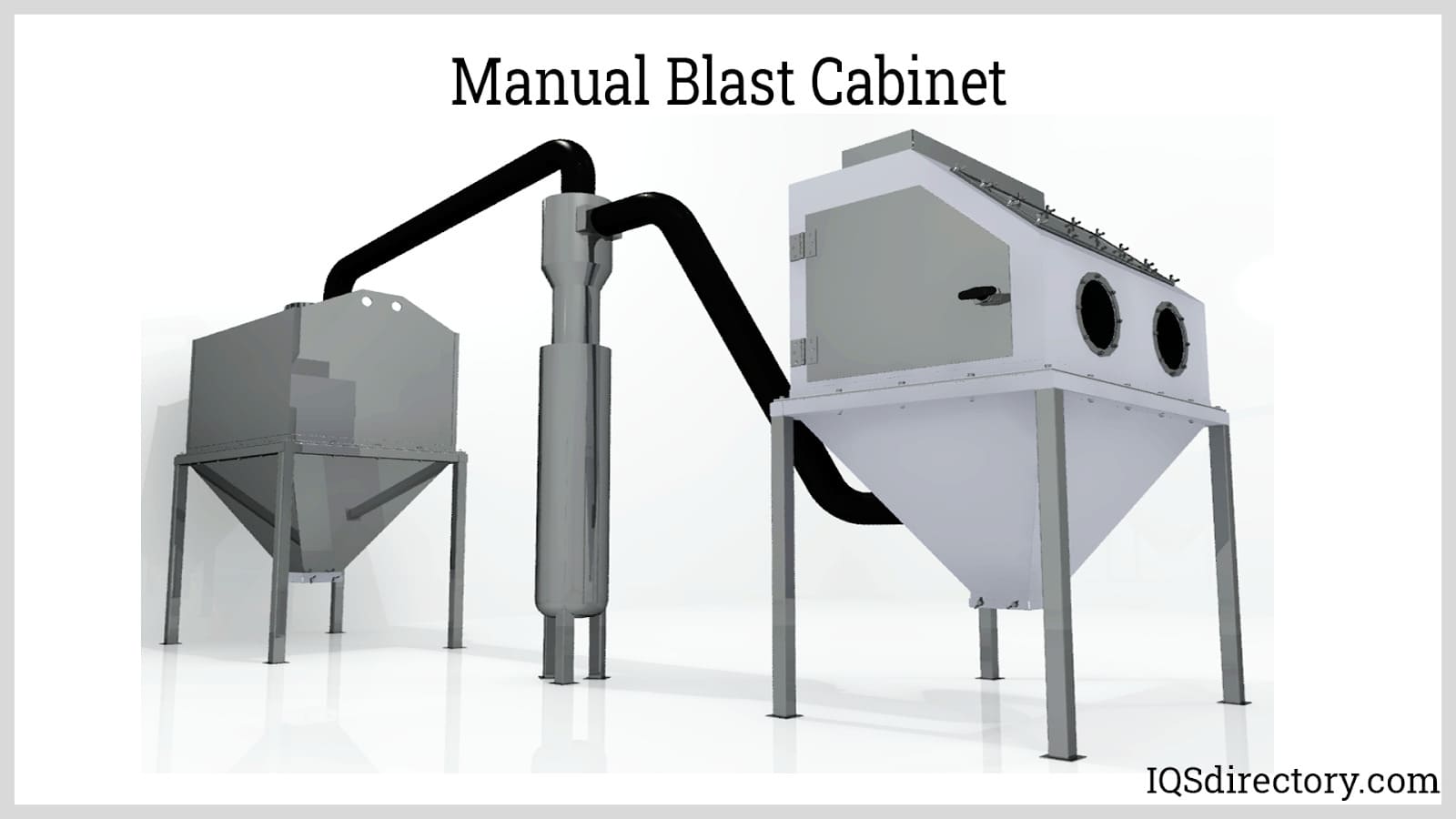
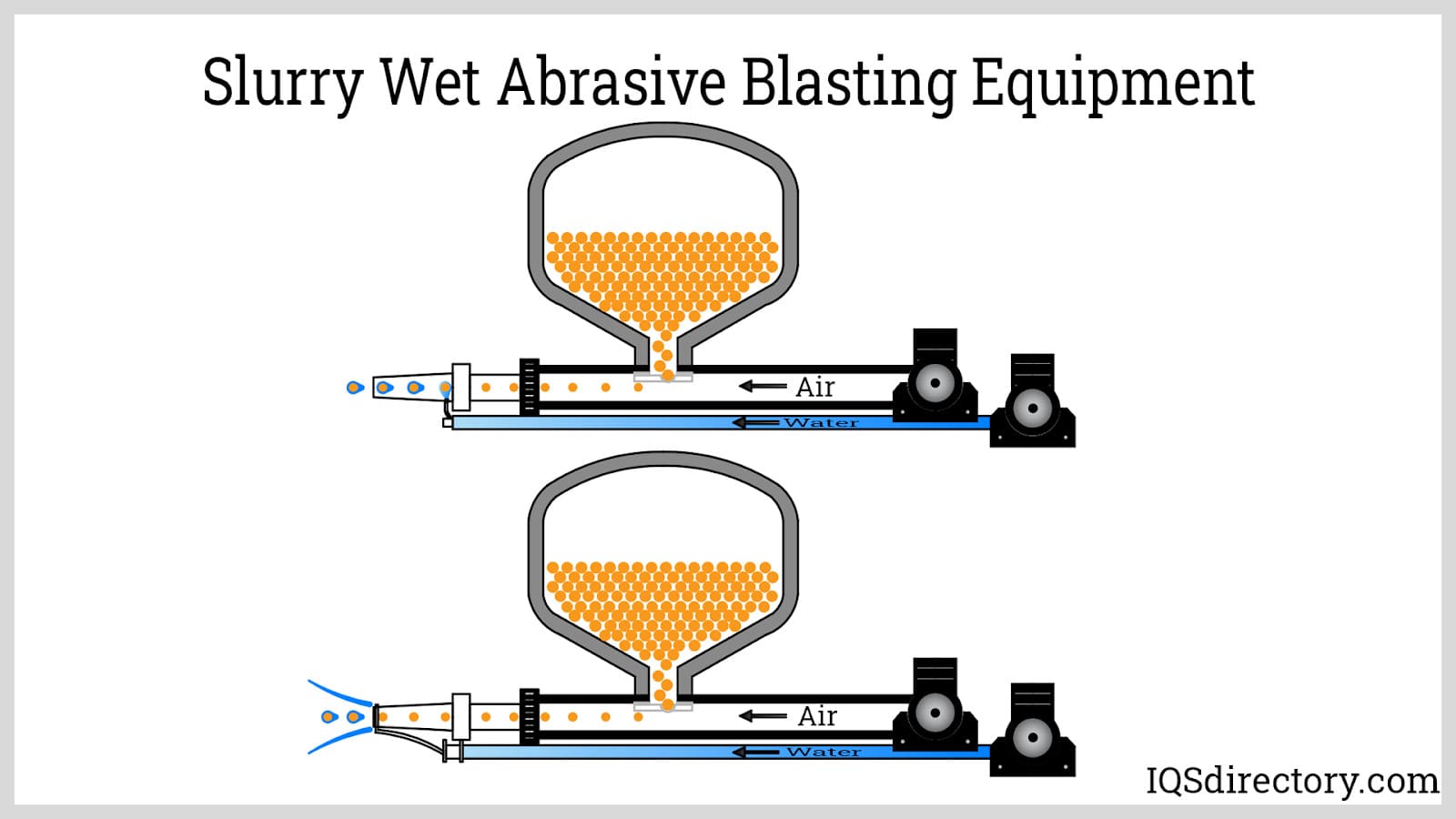
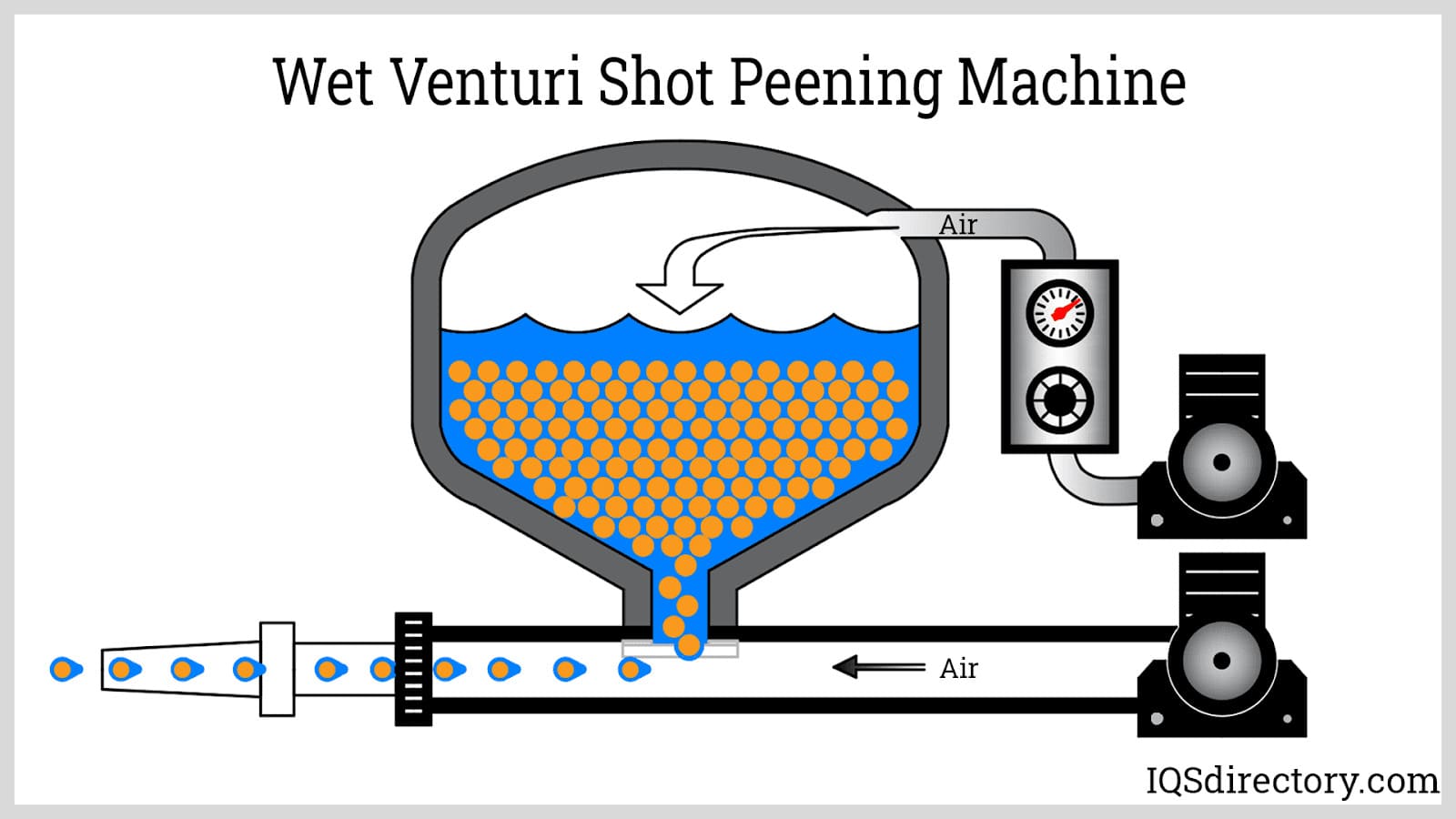
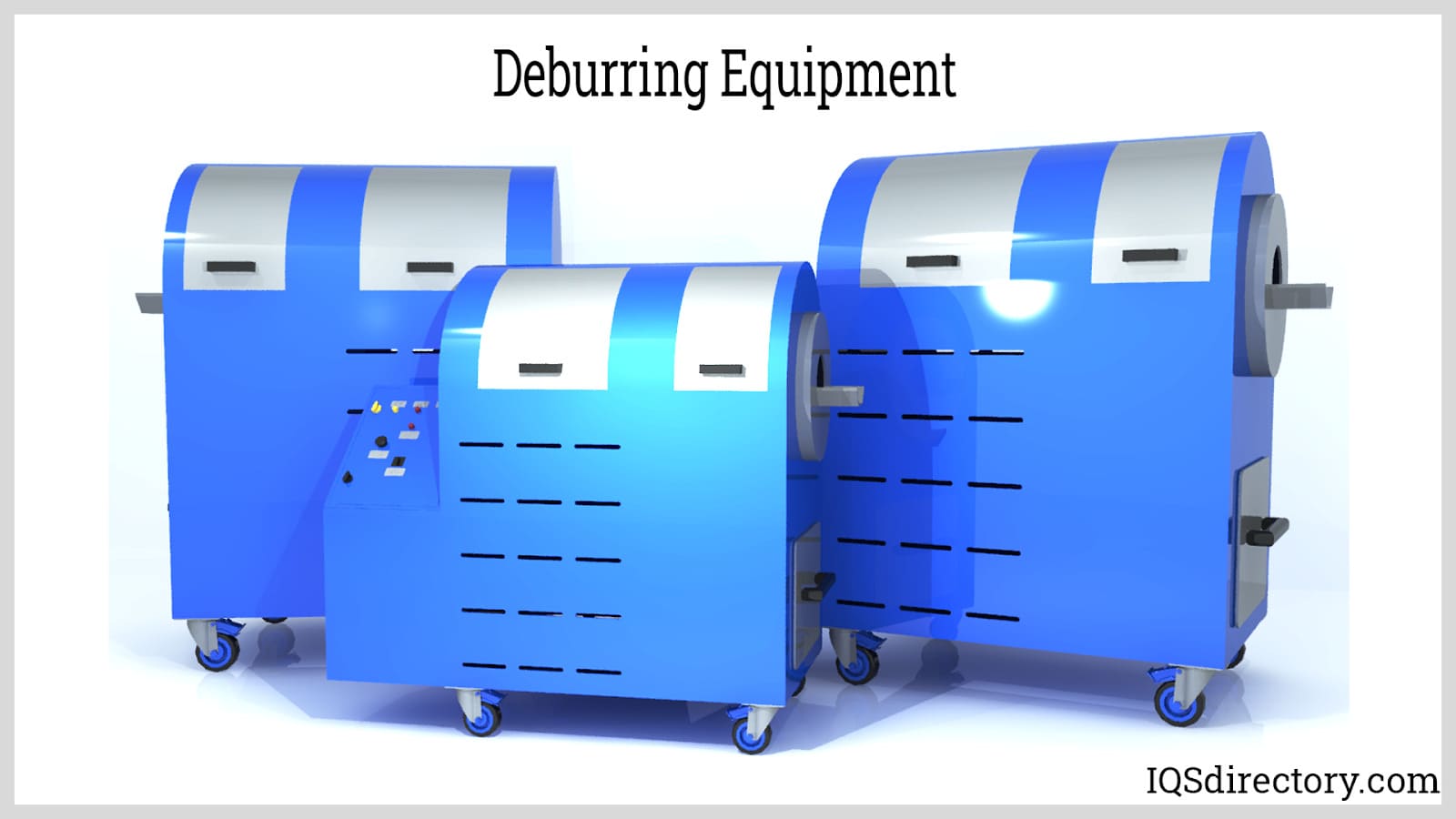
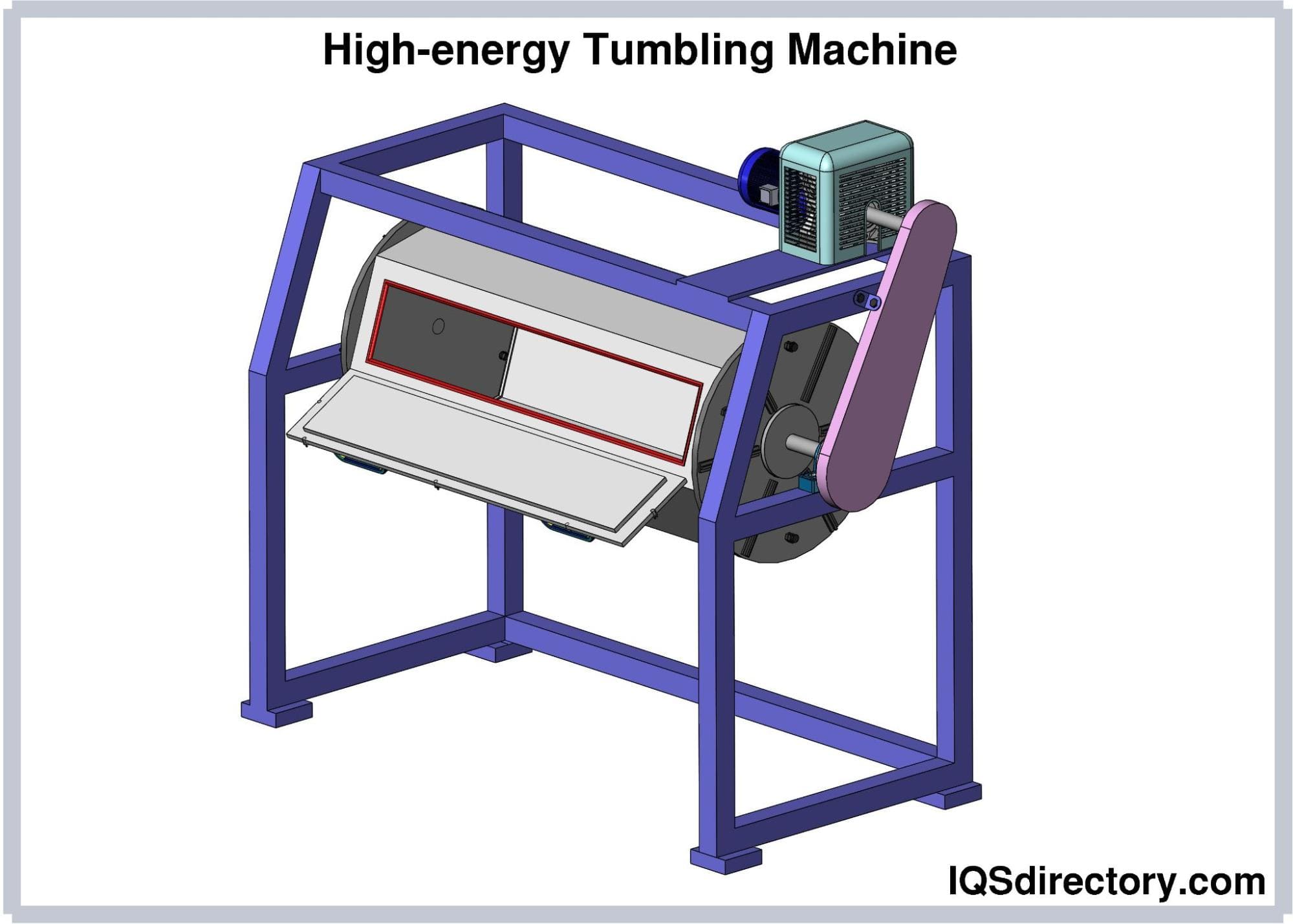
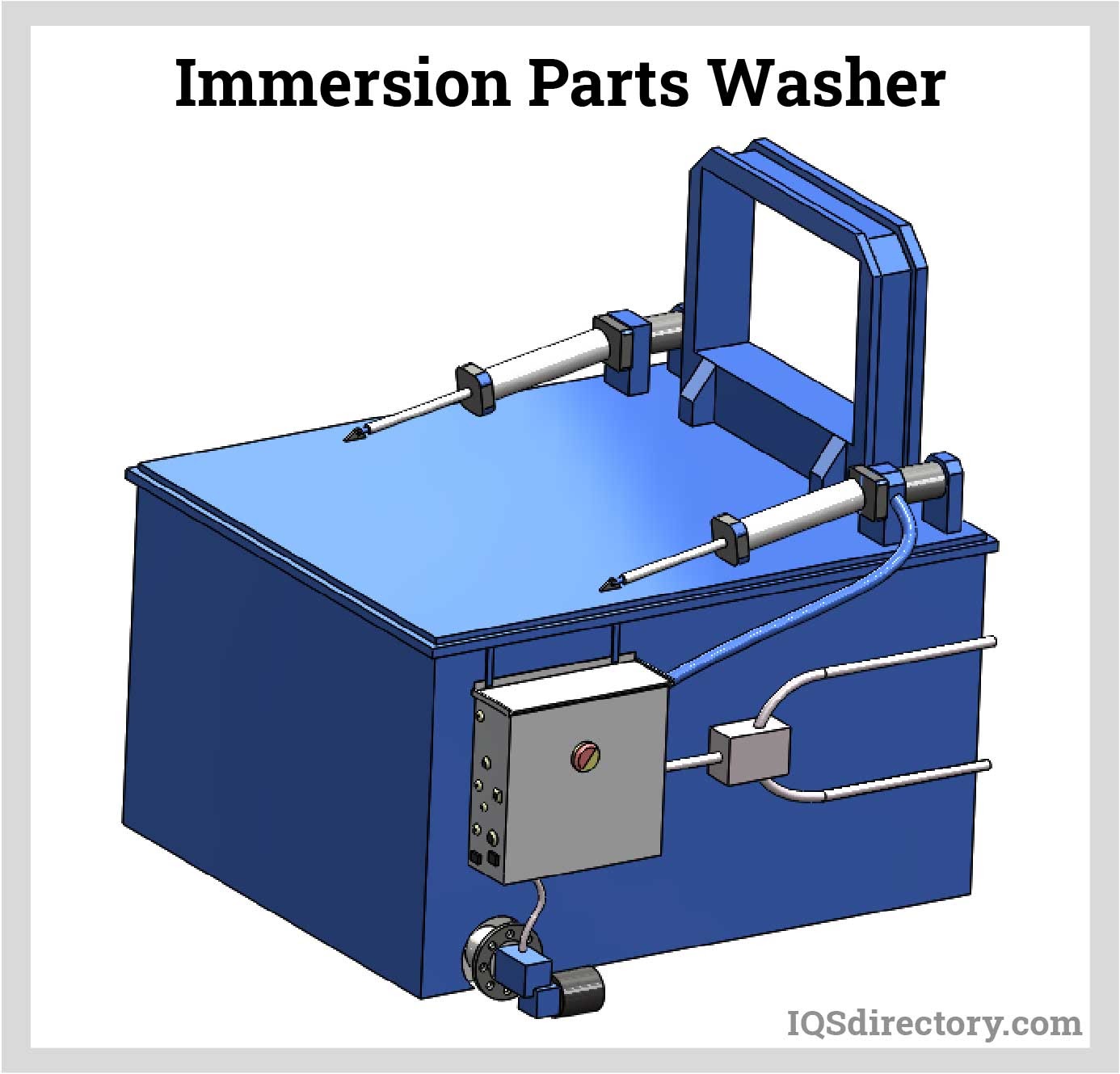
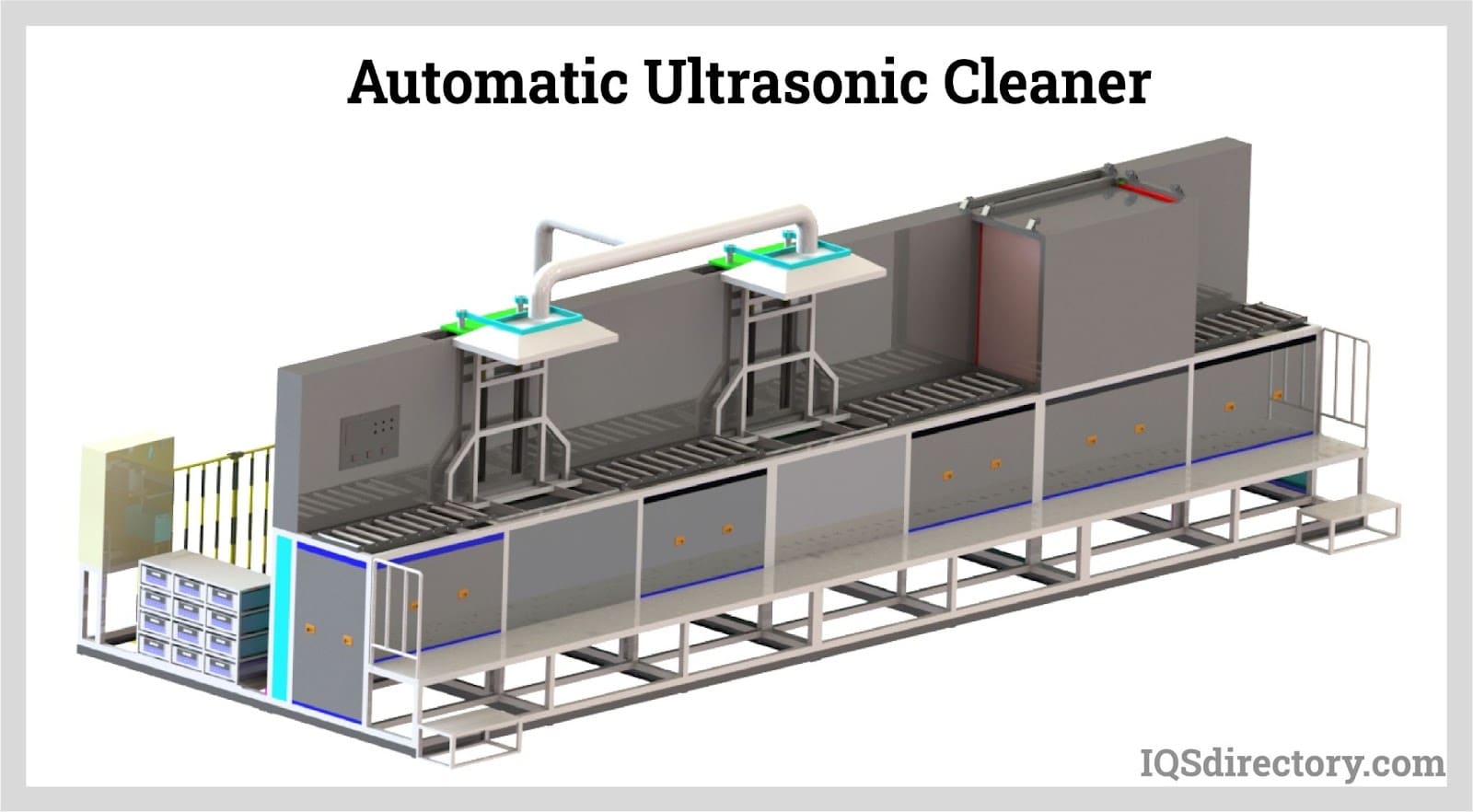
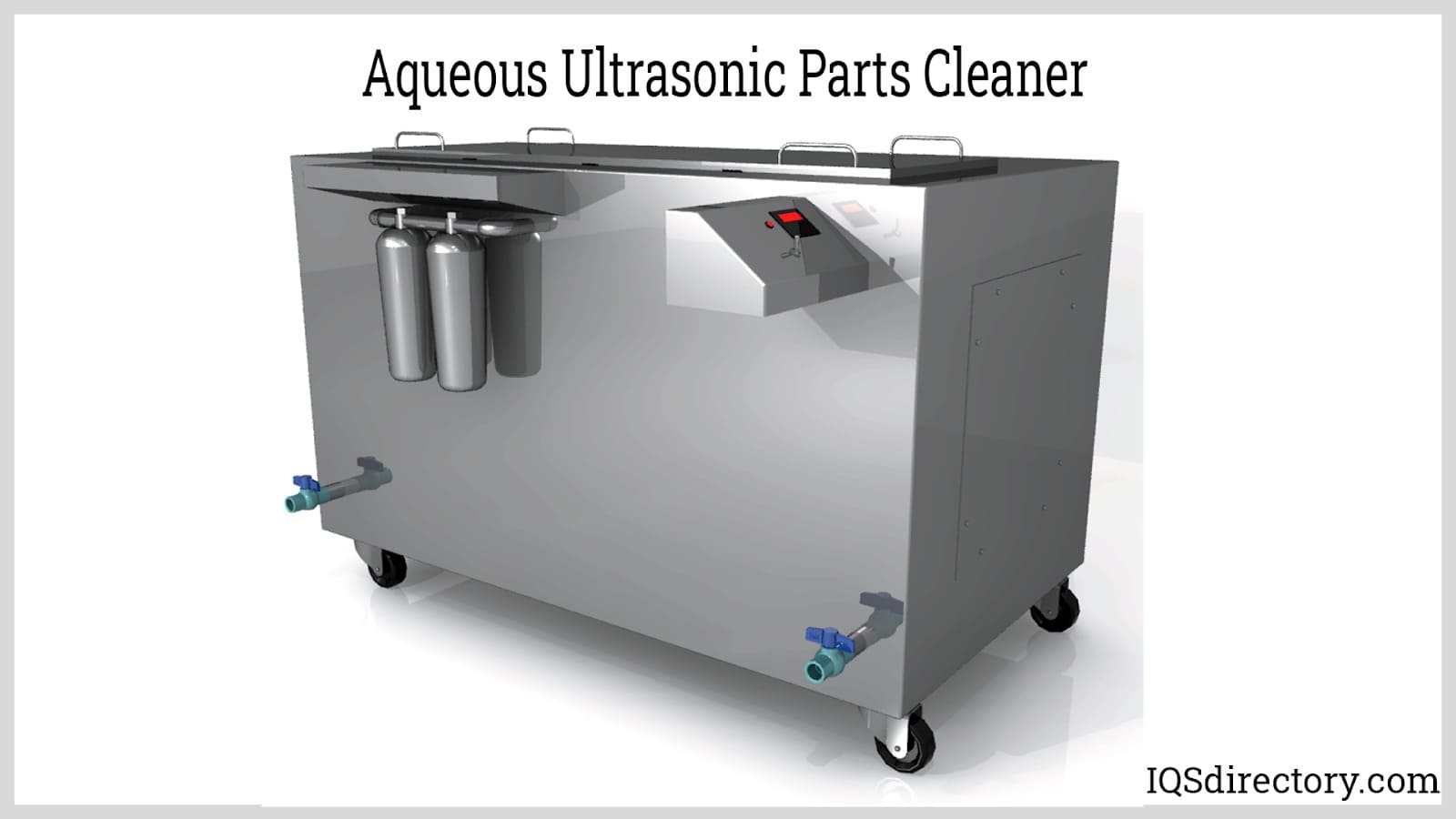
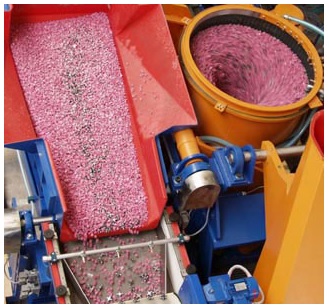 Deburring Machinery
Deburring Machinery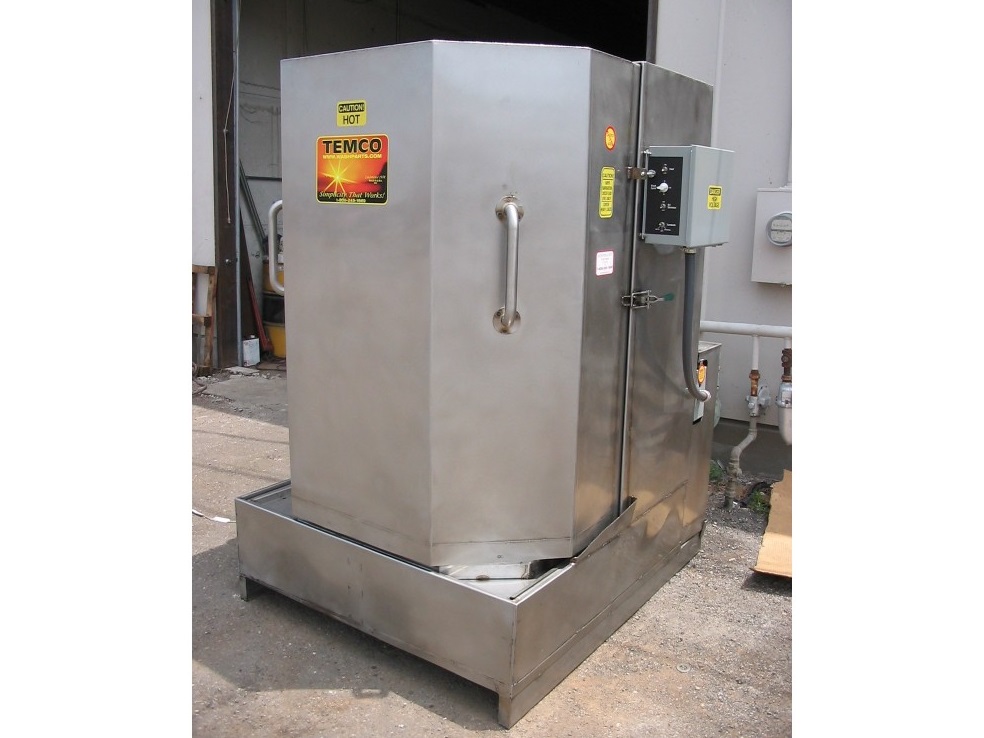 Industrial Parts Washers
Industrial Parts Washers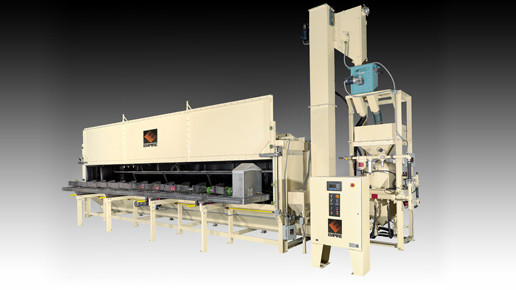 Sandblast Equipment
Sandblast Equipment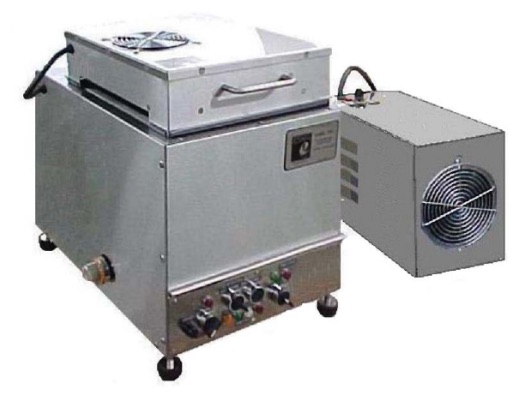 Ultrasonic Cleaners
Ultrasonic Cleaners Castings & Forgings
Castings & Forgings Bulk Material Handling
Bulk Material Handling Electrical & Electronic Components
Electrical & Electronic Components Flow Instrumentation
Flow Instrumentation Hardware
Hardware Material Handling Equipment
Material Handling Equipment Metal Cutting Services
Metal Cutting Services Metal Forming Services
Metal Forming Services Metal Suppliers
Metal Suppliers Motion Control Products
Motion Control Products Plant & Facility Equipment
Plant & Facility Equipment Plant & Facility Supplies
Plant & Facility Supplies Plastic Molding Processes
Plastic Molding Processes Pumps & Valves
Pumps & Valves Recycling Equipment
Recycling Equipment Rubber Products & Services
Rubber Products & Services